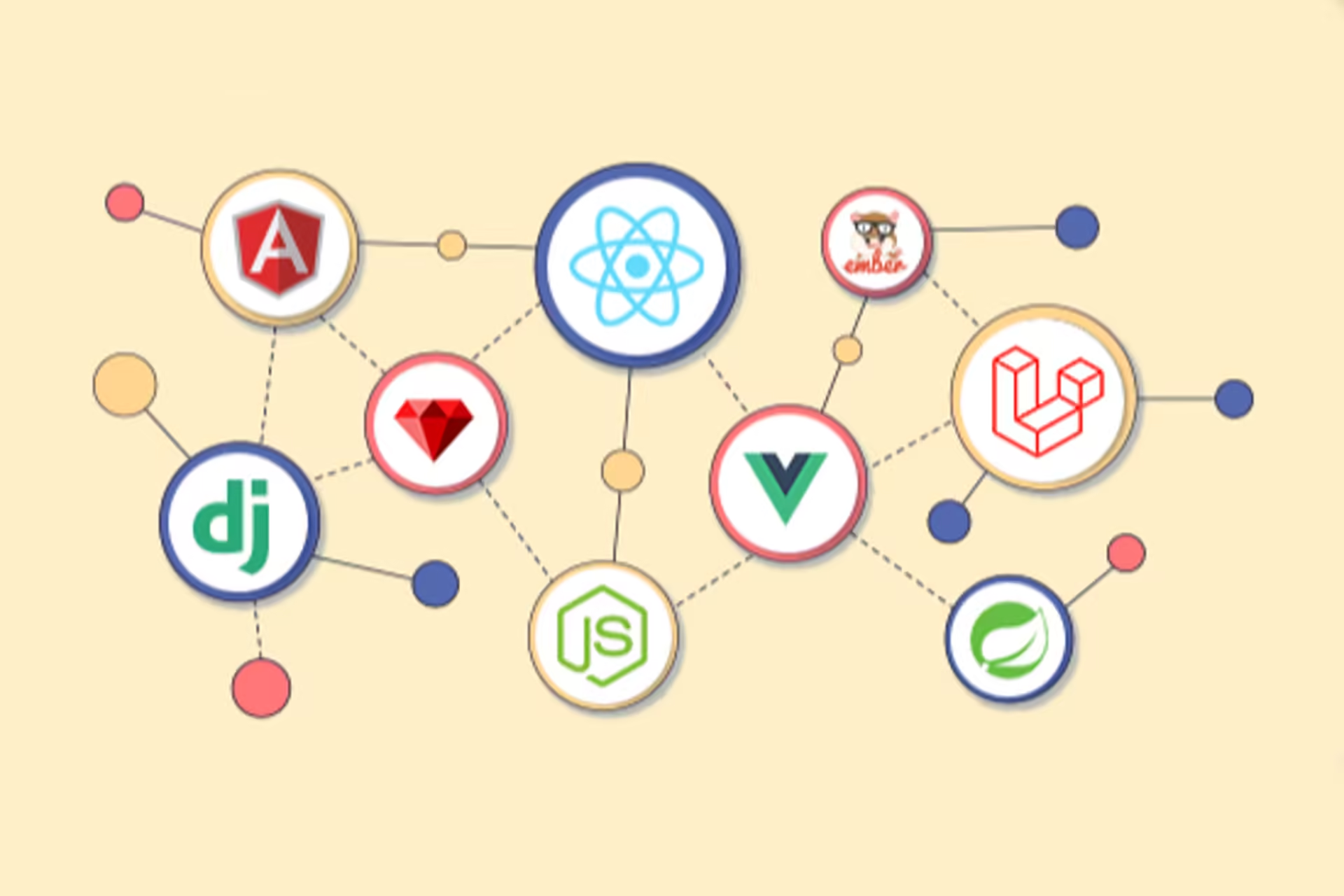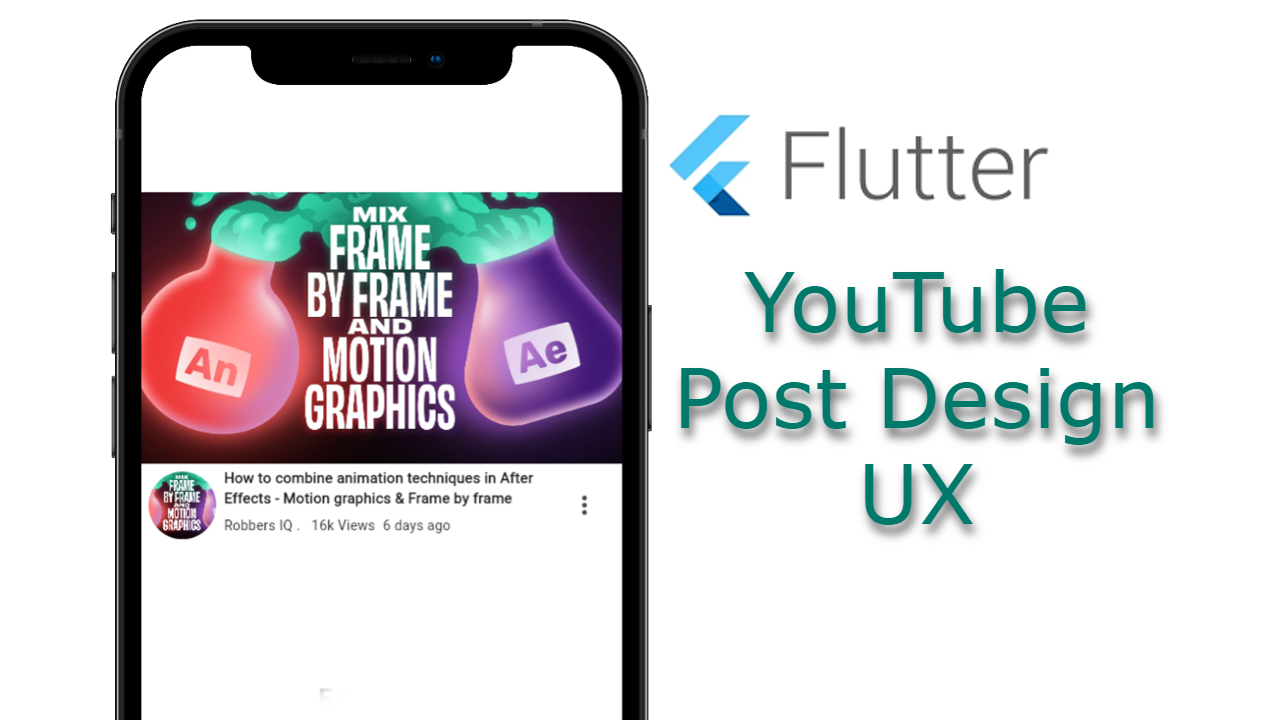Front-End Frameworks: Enhancing Web Development Efficiency
Front-end frameworks are essential tools for developers, helping them create responsive, visually appealing websites quickly and efficiently. These frameworks come with pre-built components, grid systems, and utilities that streamline the development process. Here are some of the major front-end frameworks you should know about:
1. Bootstrap 5
- Overview: Bootstrap is one of the most popular front-end frameworks, known for its simplicity and flexibility. Bootstrap 5 is the latest version, featuring a new utility API, enhanced grid system, and improved customization options.
- Key Features:
- Responsive grid system that adapts to different screen sizes.
- A comprehensive library of pre-designed components (buttons, forms, modals, etc.).
- Built-in JavaScript plugins for interactive elements.
- Customizable through SASS variables, allowing for tailored styles.
- Where to Learn:
2. Foundation
- Overview: Developed by ZURB, Foundation is a robust front-end framework focused on providing a flexible grid system and advanced UI components. It is designed for professional developers who need more customization options.
- Key Features:
- Mobile-first approach that prioritizes responsiveness.
- Advanced grid system with multiple breakpoints.
- Pre-styled components that can be easily customized.
- Built-in accessibility features for a better user experience.
- Where to Learn:
3. Tailwind CSS
- Overview: Tailwind CSS is a utility-first CSS framework that allows developers to build custom designs quickly. Unlike other frameworks that offer pre-designed components, Tailwind provides low-level utility classes to create unique designs.
- Key Features:
- Utility-first approach enables rapid styling with predefined classes.
- Highly customizable, allowing you to create unique designs.
- Built-in responsive design features for easy adaptation to various screen sizes.
- Extensive plugin system to extend functionality.
- Where to Learn:
4. Angular
- Overview: Angular is a platform and framework for building single-page applications (SPAs) using HTML and TypeScript. Developed by Google, it offers a comprehensive solution for building dynamic web applications.
- Key Features:
- Component-based architecture for better code organization.
- Two-way data binding, simplifying the synchronization of data between model and view.
- Dependency injection for efficient service management.
- Strong support for unit testing.
- Where to Learn:
5. Vue.js
- Overview: Vue.js is a progressive JavaScript framework for building user interfaces. It’s designed to be incrementally adoptable, meaning you can integrate it into existing projects easily.
- Key Features:
- Reactive data binding for seamless user experience.
- Component-based architecture for easy code management.
- Virtual DOM for enhanced performance.
- Comprehensive ecosystem with tools for routing and state management.
- Where to Learn:
Conclusion
Front-end frameworks play a crucial role in modern web development. They enable developers to create responsive, user-friendly websites efficiently. Whether you choose Bootstrap for its ease of use, Tailwind CSS for its utility-first approach, or Angular and Vue.js for building dynamic applications, these frameworks can significantly enhance your development workflow. Start exploring these frameworks today to elevate your web development skills!
Let me know if you’d like to dive deeper into any specific framework or topic!



